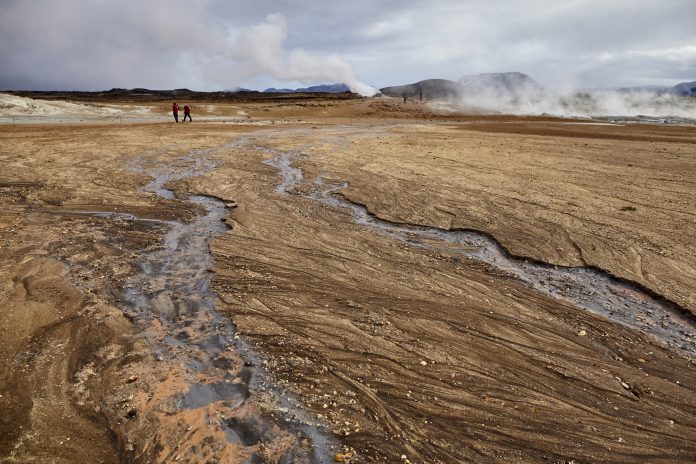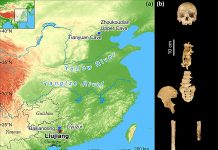Researchers from Tulane University studied meandering rivers on Earth and ancient riverbeds on Mars to understand how climate change affects their paths
In a recent study published in Nature Geosciences, scientists led by a Tulane University sedimentologist delved into the changing paths of meandering rivers which have existed for hundreds of years.
Investigating river sinuosity on Earth and Mars
Their research aimed to comprehend the impact of climate change on river sinuosity, the degree of river curvature, and how it evolves.
Chenliang Wu, a postdoctoral researcher at Tulane University School of Science and Engineering, initiated the study by examining the Mississippi River and later expanded their investigation to include other terrestrial rivers and ancient Martian riverbeds.
Analysing environmental factors
They focused on understanding the relationship between river sinuosity and environmental changes like sediment and water supply and riverbank vegetation, all of which are influenced by climate change.
Notably, river sinuosity is linked to variations in water flow through the rivers, influenced by factors such as precipitation levels.
How Earth’s rivers changed over time
The researchers meticulously analysed historical data from as early as the fifth century and images dating back to 1939 to track the changes in the Earth’s rivers over time.
Meanwhile, they utilised remote sensing data for Mars to identify and study ancient river channels. By examining untouched Martian riverbeds, the team gained valuable insights into these rivers’ migration patterns and sinuosity before they dried up, offering a glimpse into the planet’s past hydroclimate and its potential to support life.
River management and climate change mitigation
The study’s findings categorised the rivers into variable sinuosity and constant sinuosity. Thirteen of the 21 Earth rivers, including the Mississippi, exhibited variable sinuosity, indicating ongoing changes, while the remaining eight demonstrated constant sinuosity.
Understanding the factors affecting river sinuosity can be instrumental in river management, restoration, infrastructure planning, and flood control efforts.
This knowledge becomes increasingly crucial as extreme weather events become more frequent due to climate change, potentially affecting half of the global population residing in river basins, emphasising the significance of such research in mitigating climate-related risks.
As our world grapples with climate change’s consequences, deciphering the behaviour of rivers on Mars and Earth could be essential to our future resilience and survival.
Editor's Recommended Articles
-
Must Read >> UK Space Agency funds Earth observation technologies














